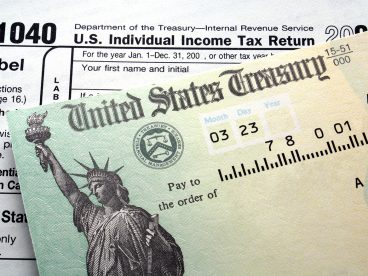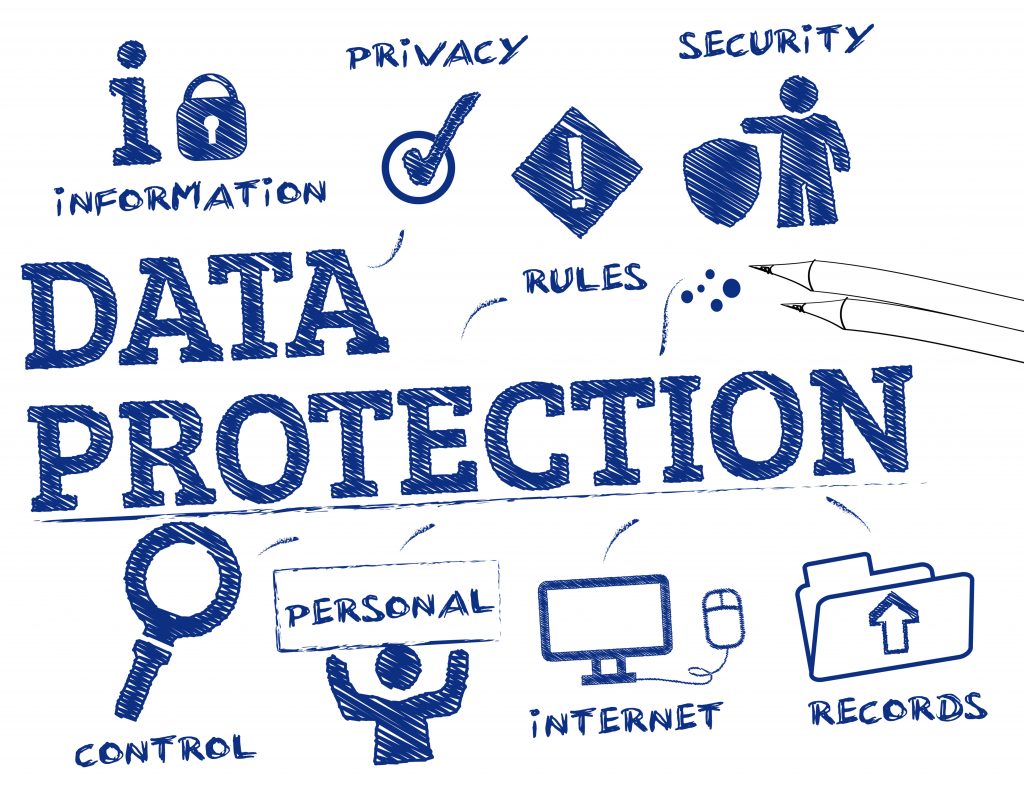More TCJA!
The Tax Cuts and Jobs Act, P.L. 115-97 keeps on giving! Relief for small business! Proposed Regulation 132766-18 was issued in July. It addresses the TCJA changes dealing with who can use the cash basis of accounting for tax purposes.
TCJA simplifies recordkeeping for “small business”. If a business has average annual gross receipts of $25 million or less the cash method of accounting may be used for tax purposes (adjusted for inflation to $26 million for 2019 and 2020) (Sec. 448(c)). Also, uniform capitalization to inventory is not required (Sec. 263A), immaterial inventory can be treated as supplies and materials (Sec. 471 (c)), and the percentage of completion method of accounting for long term construction contracts is not required (Sec. 460(e)).
Average annual gross receipts amount is computed using the gross receipts for the three years preceding the tax year in question. Caution, aggregation rules apply at 50% or more common control. Filing a change in accounting method is required.
Not So Fast!
These benefits are not allowed for “tax shelters”. The definition of tax shelters is broad. It includes any non-C corp entity where more than 35% of losses in any tax year are allocated to owners who do not actively participate in management. This includes syndicates. Care is advised because a change in accounting method may generate a loss causing the entity to be classified as a tax shelter. Once this happens the taxpayer will be locked into the accrual method for five years.
Some things don’t change!
Sec 448(c) provides that qualified personal service corporations, farming businesses, partnerships with no C corp partners, and S corps generally can continue to use the cash method regardless of the gross receipts test as long as they are not “tax shelters”.
Conflicts between code sections have arisen and will require additional clarification.







